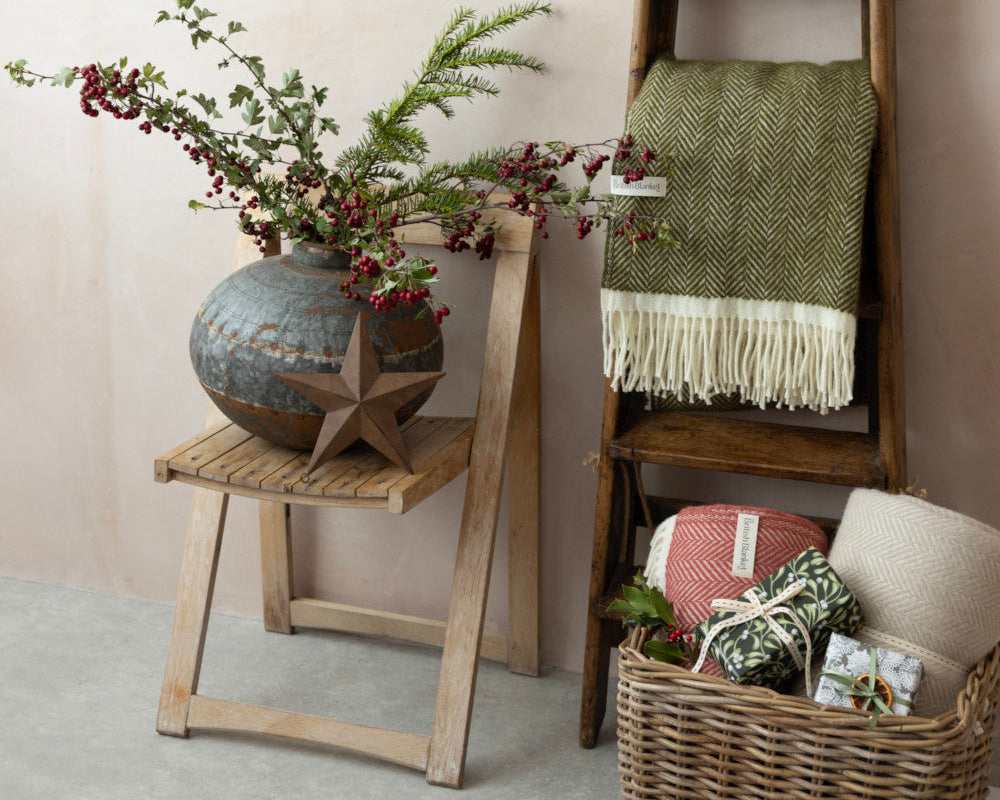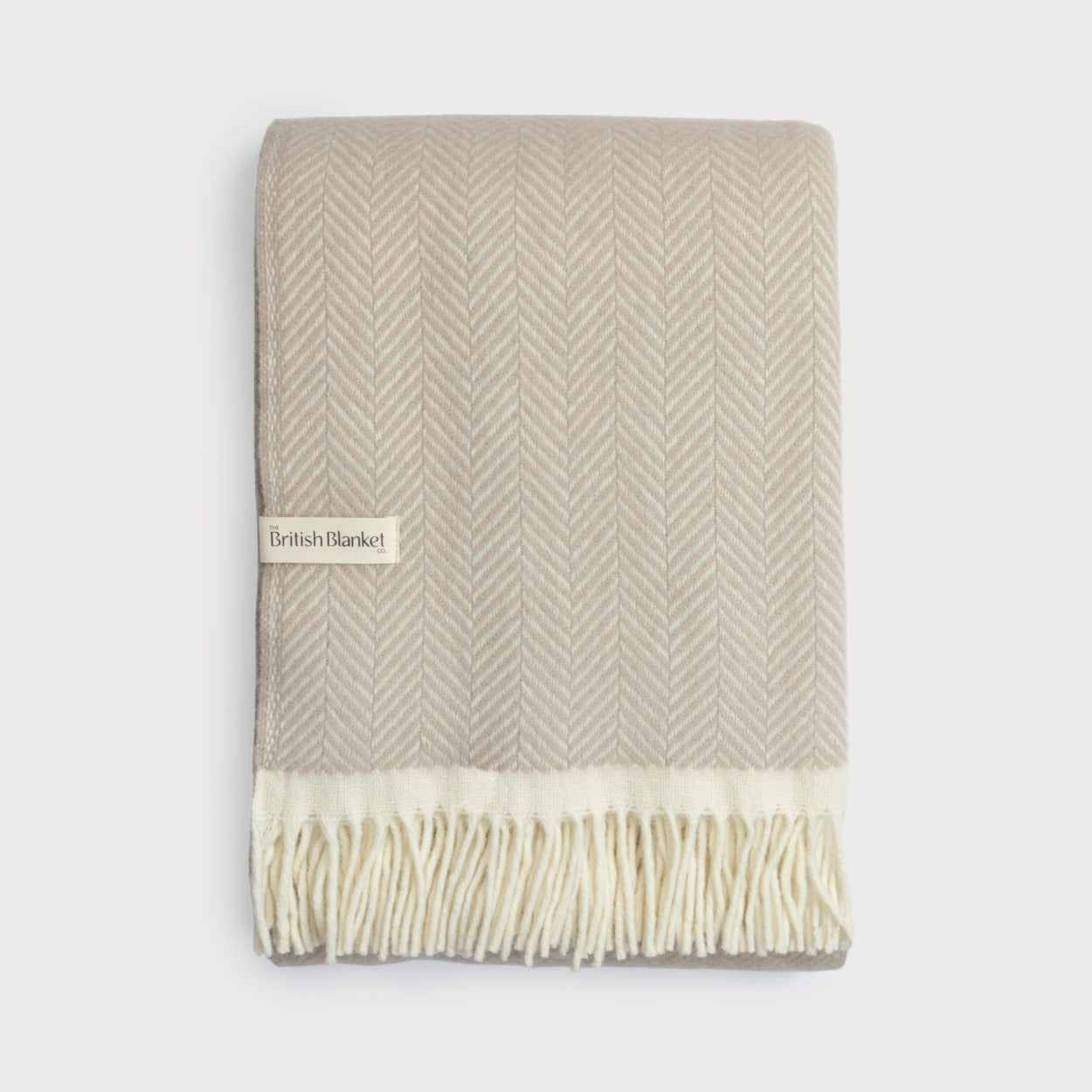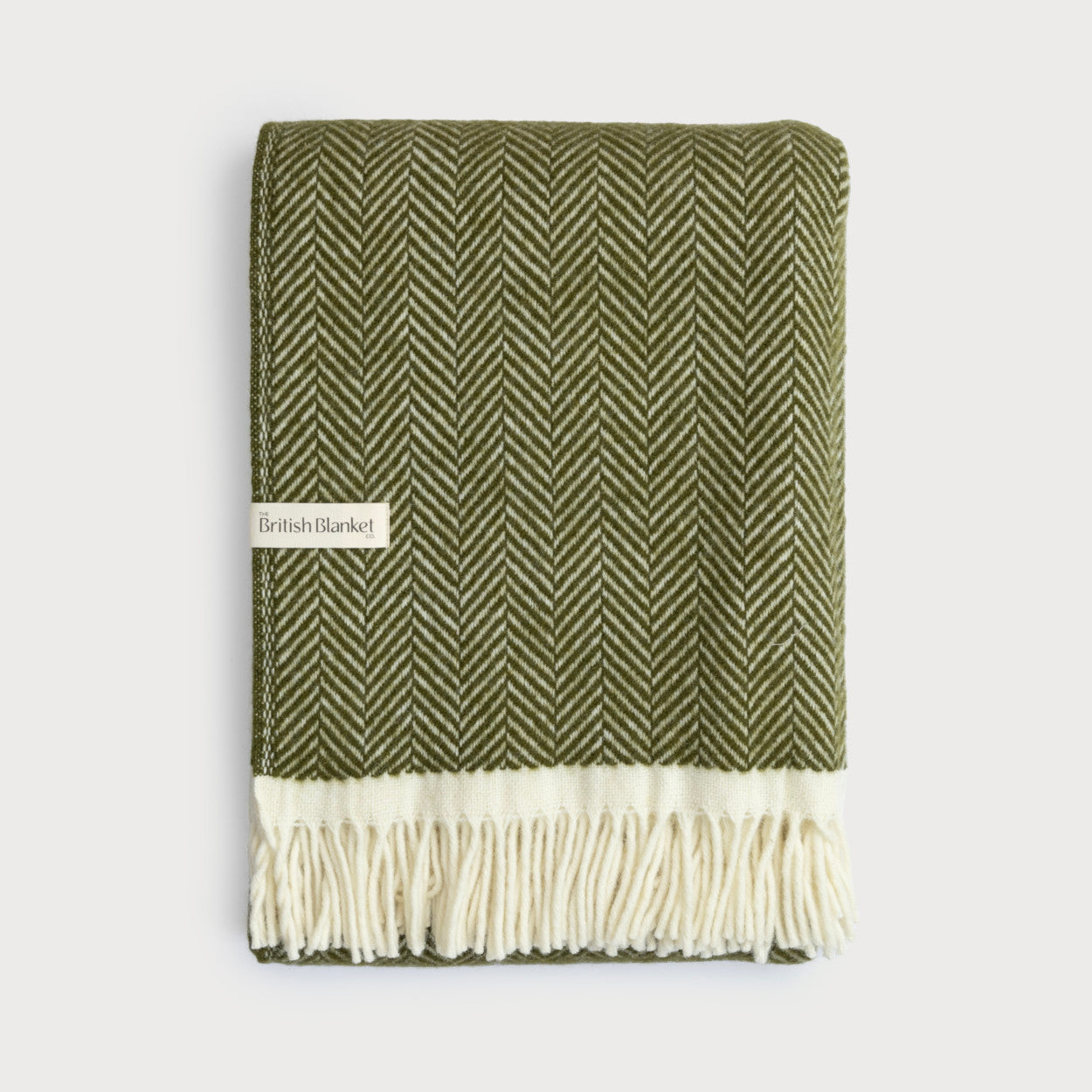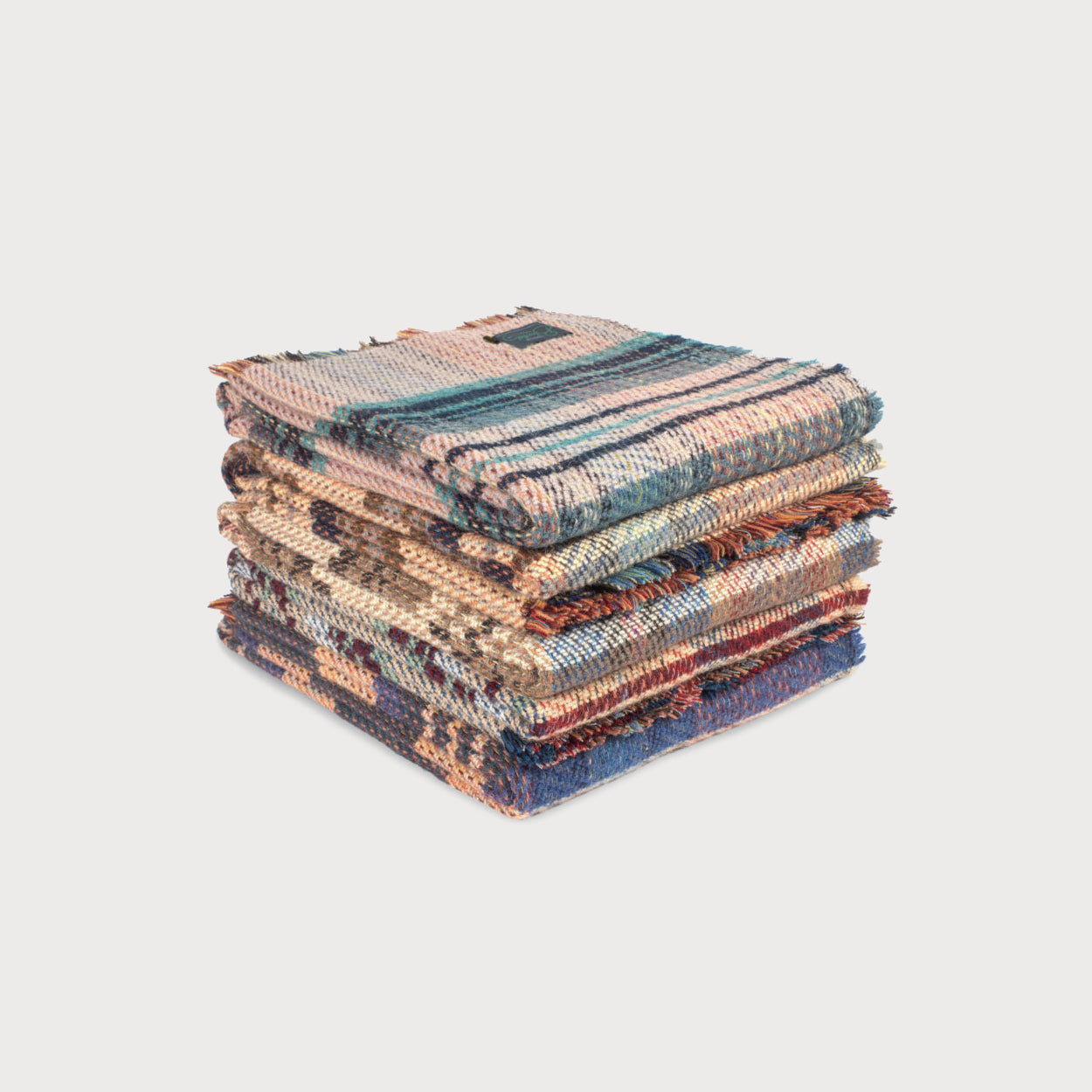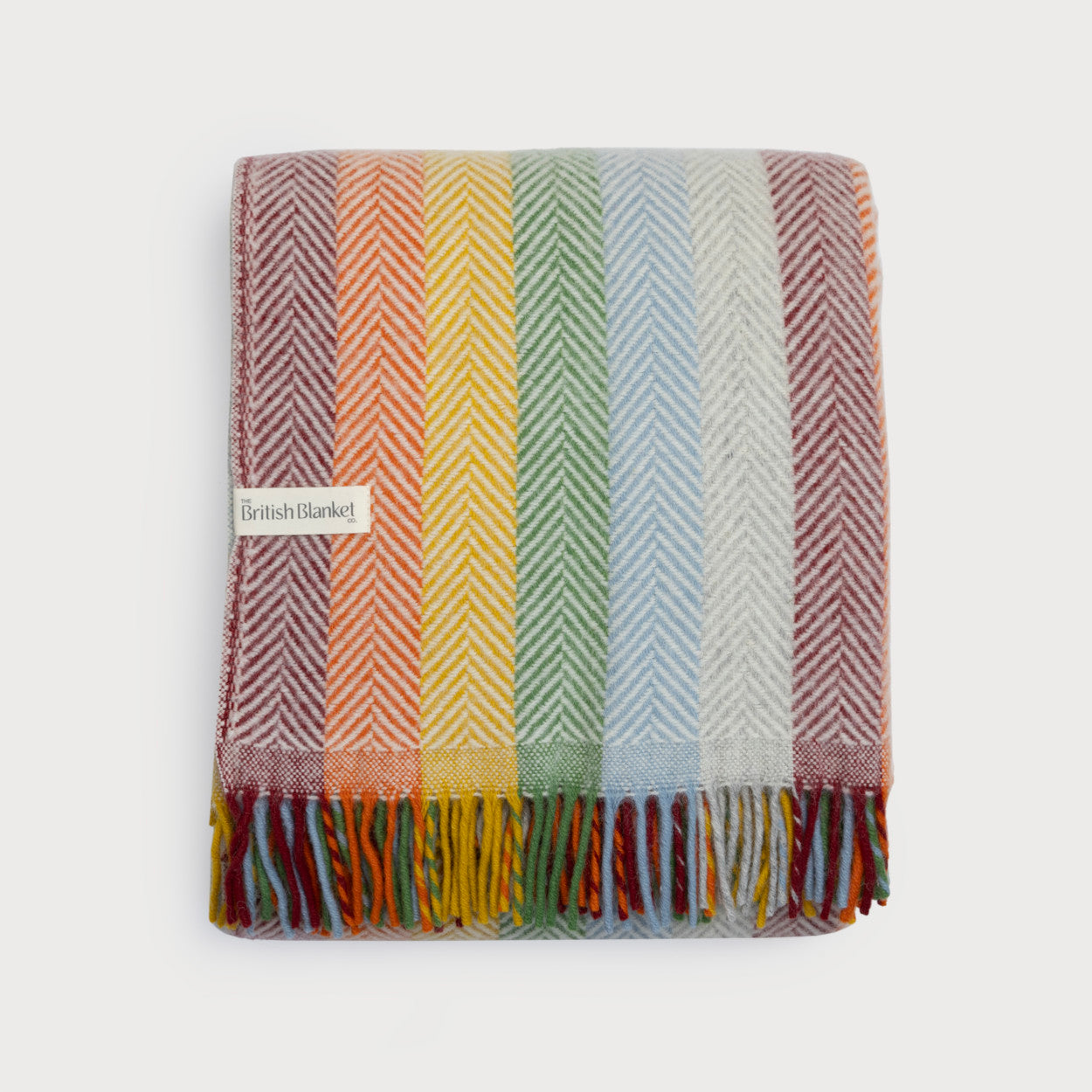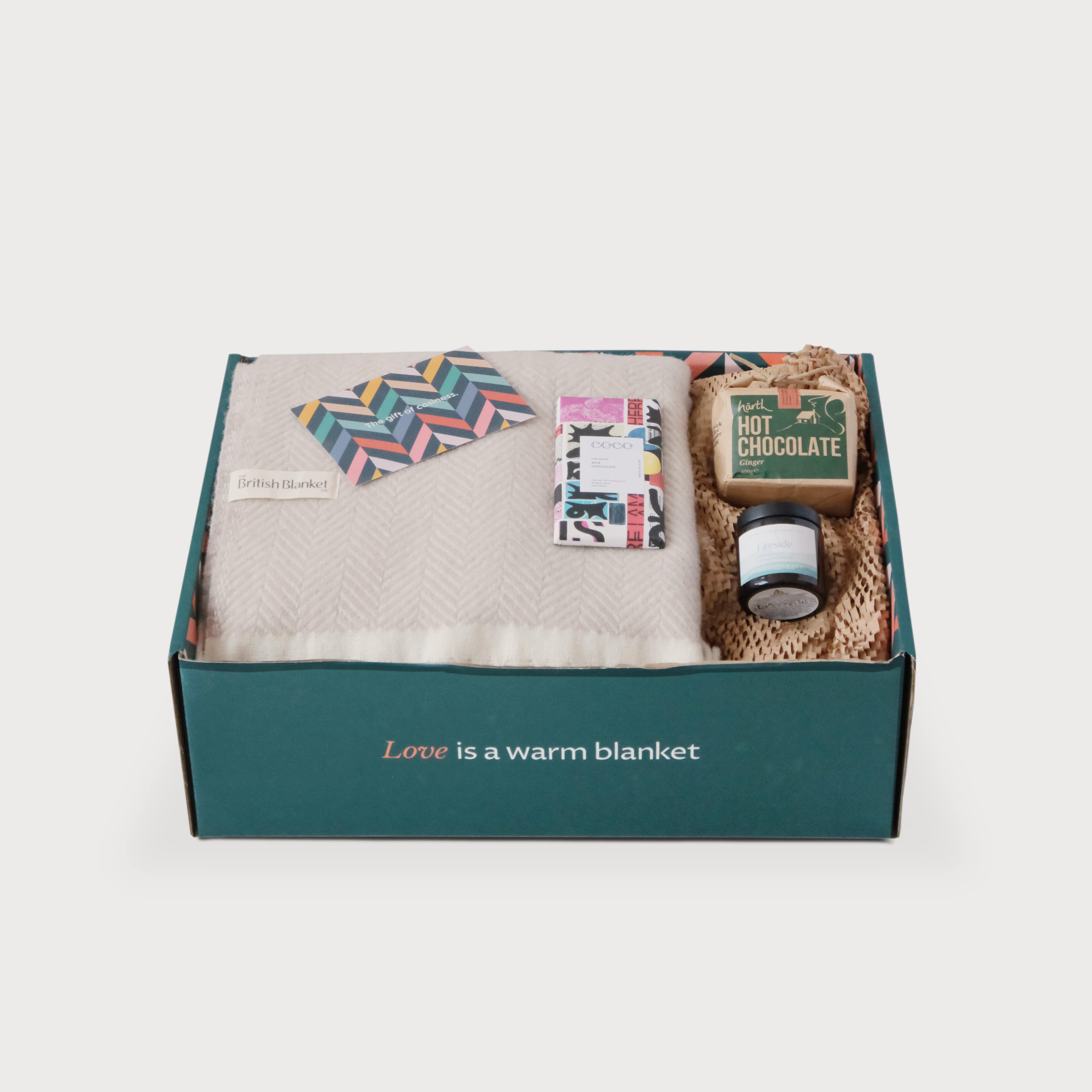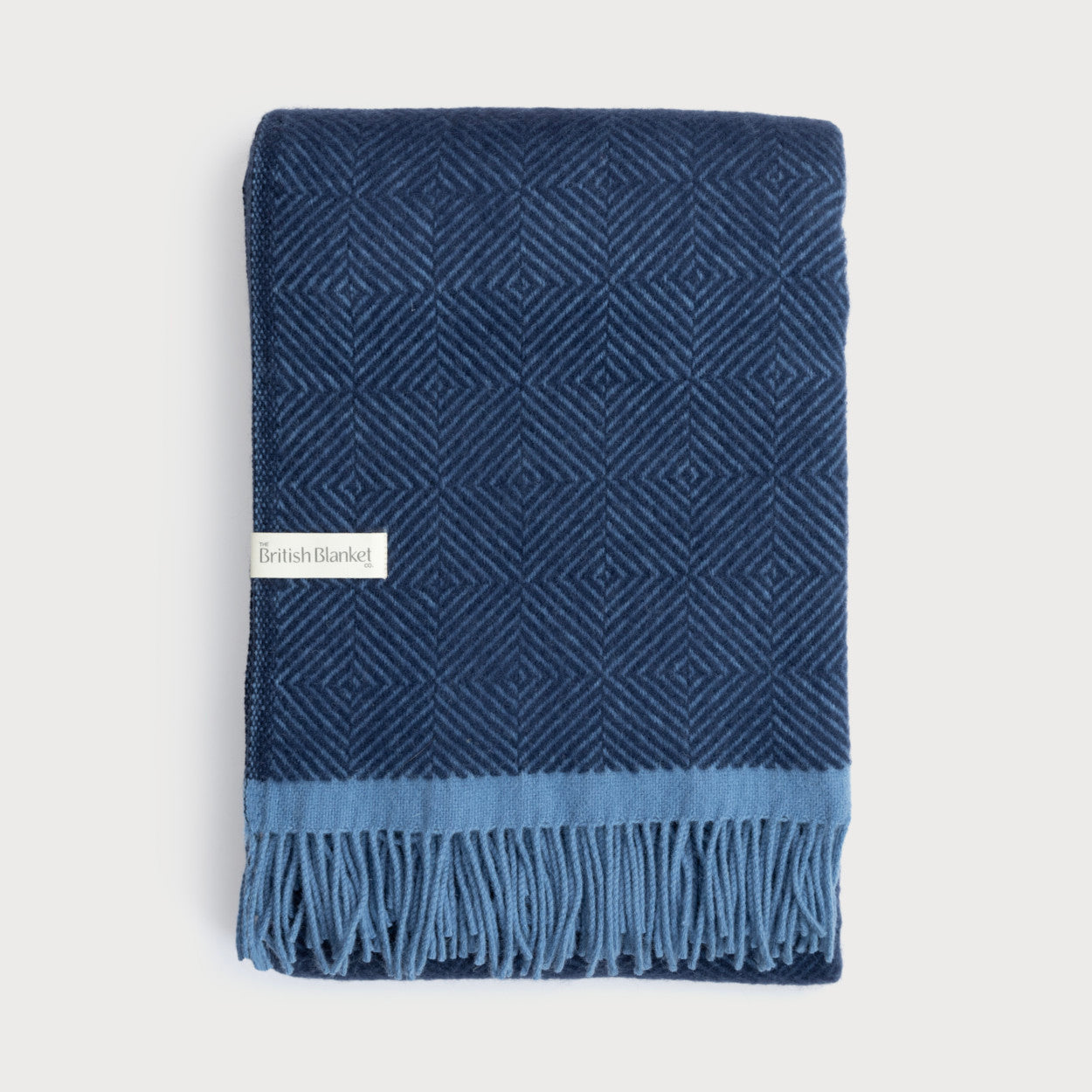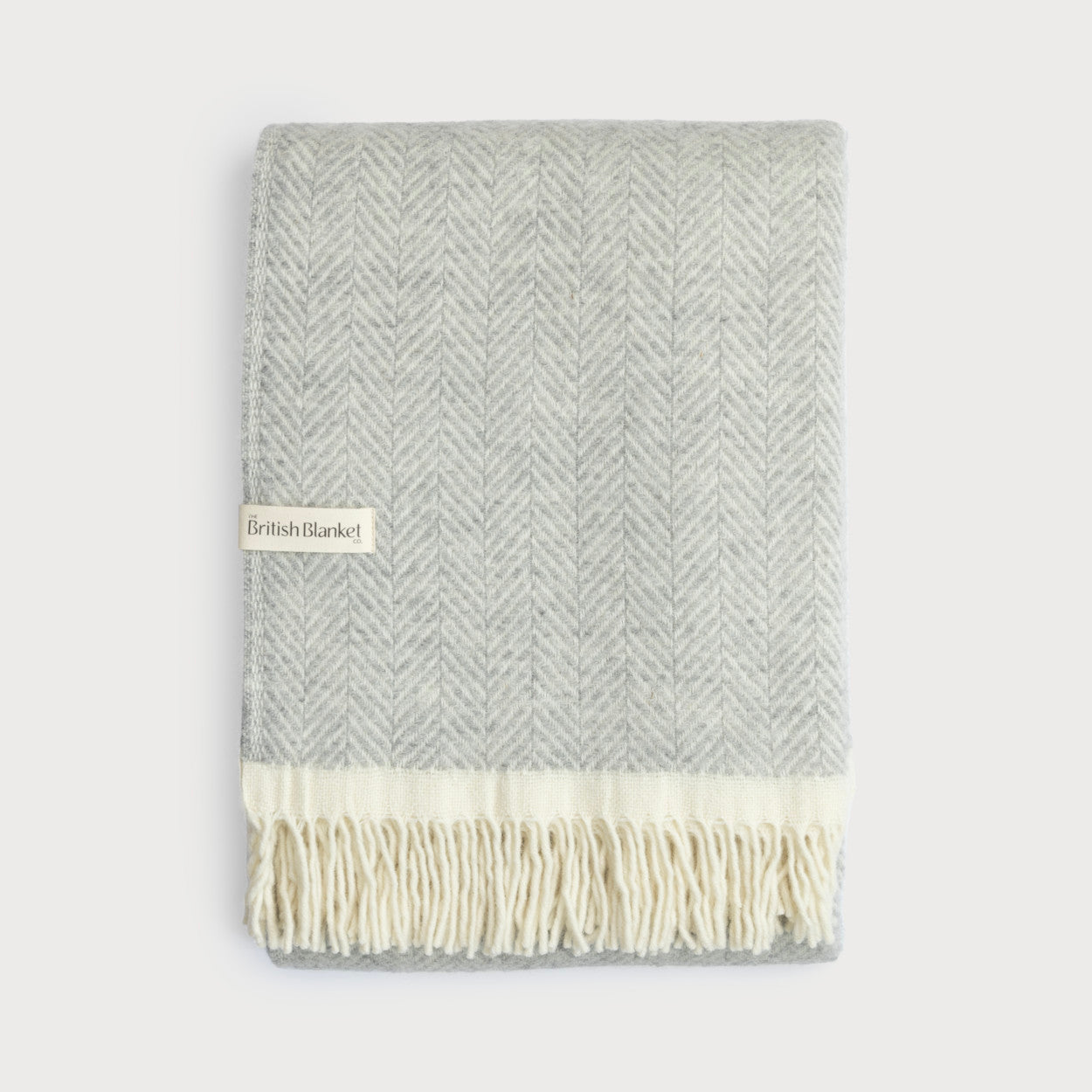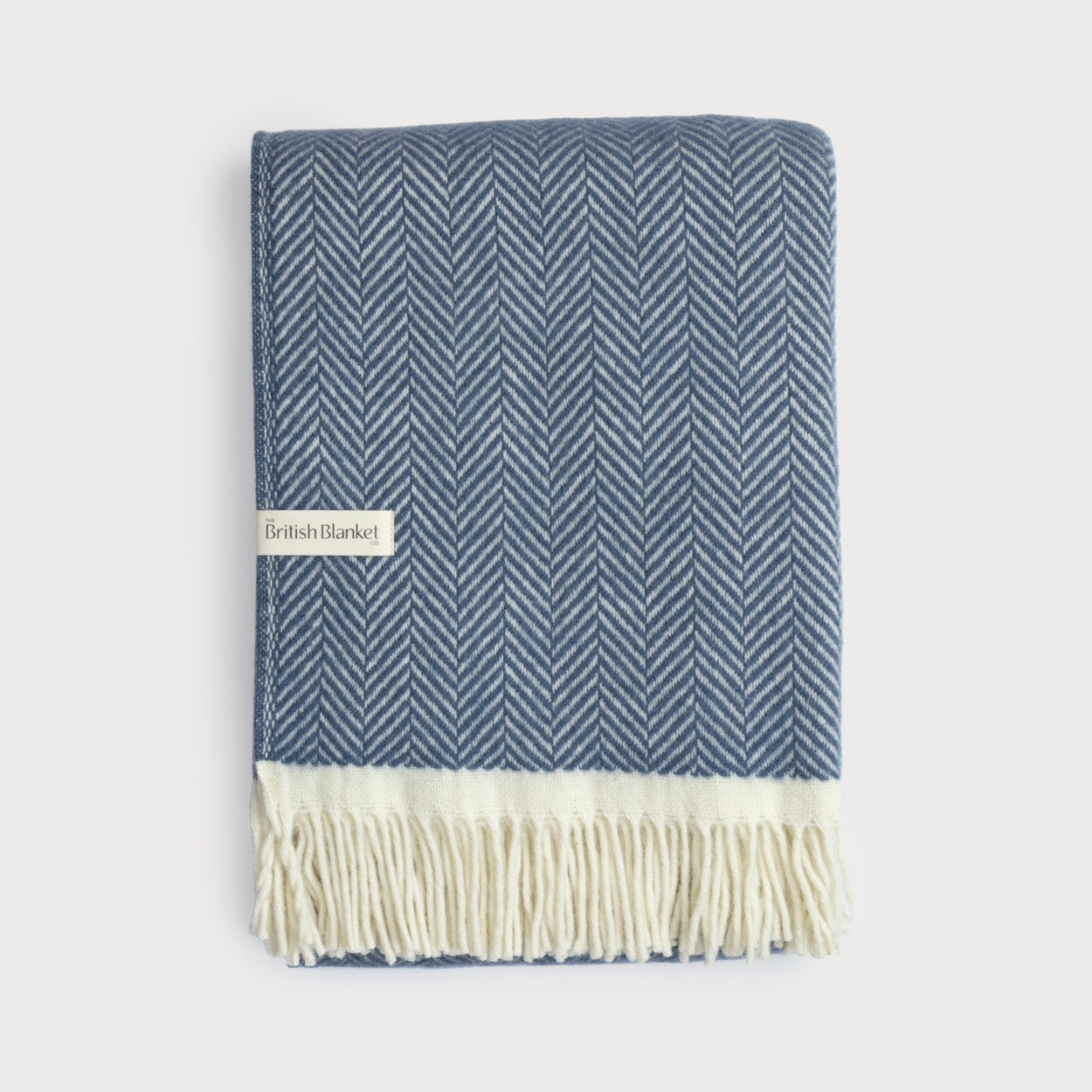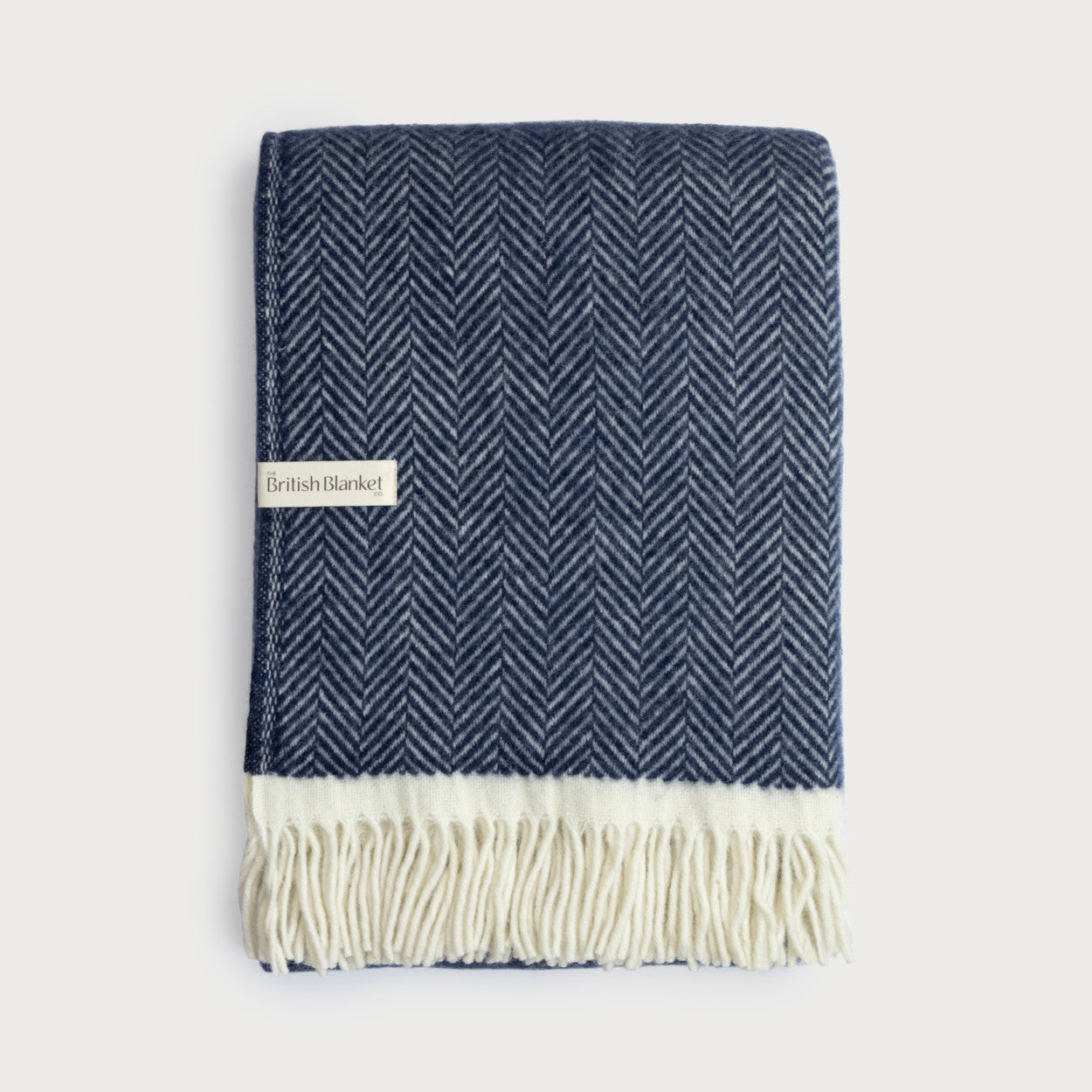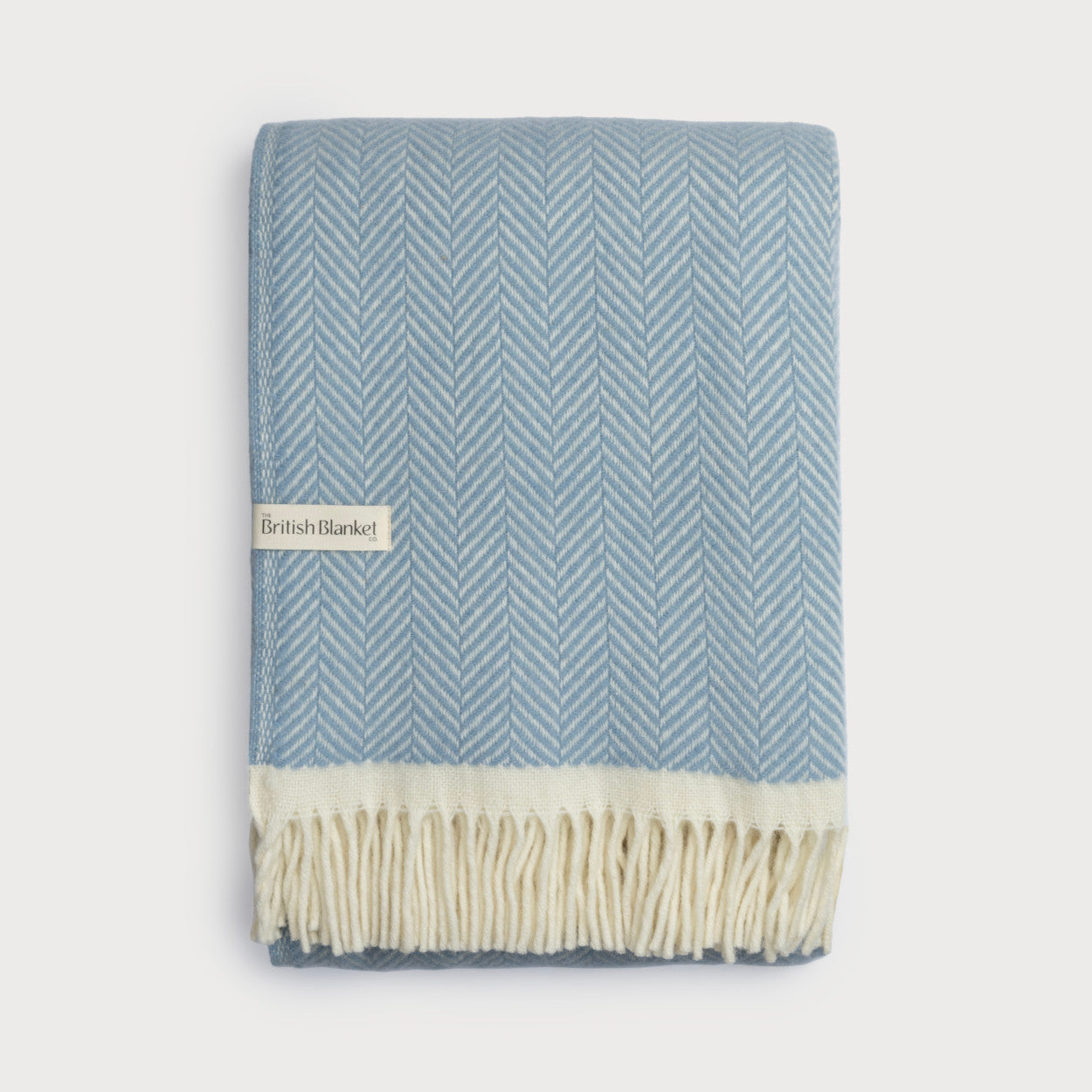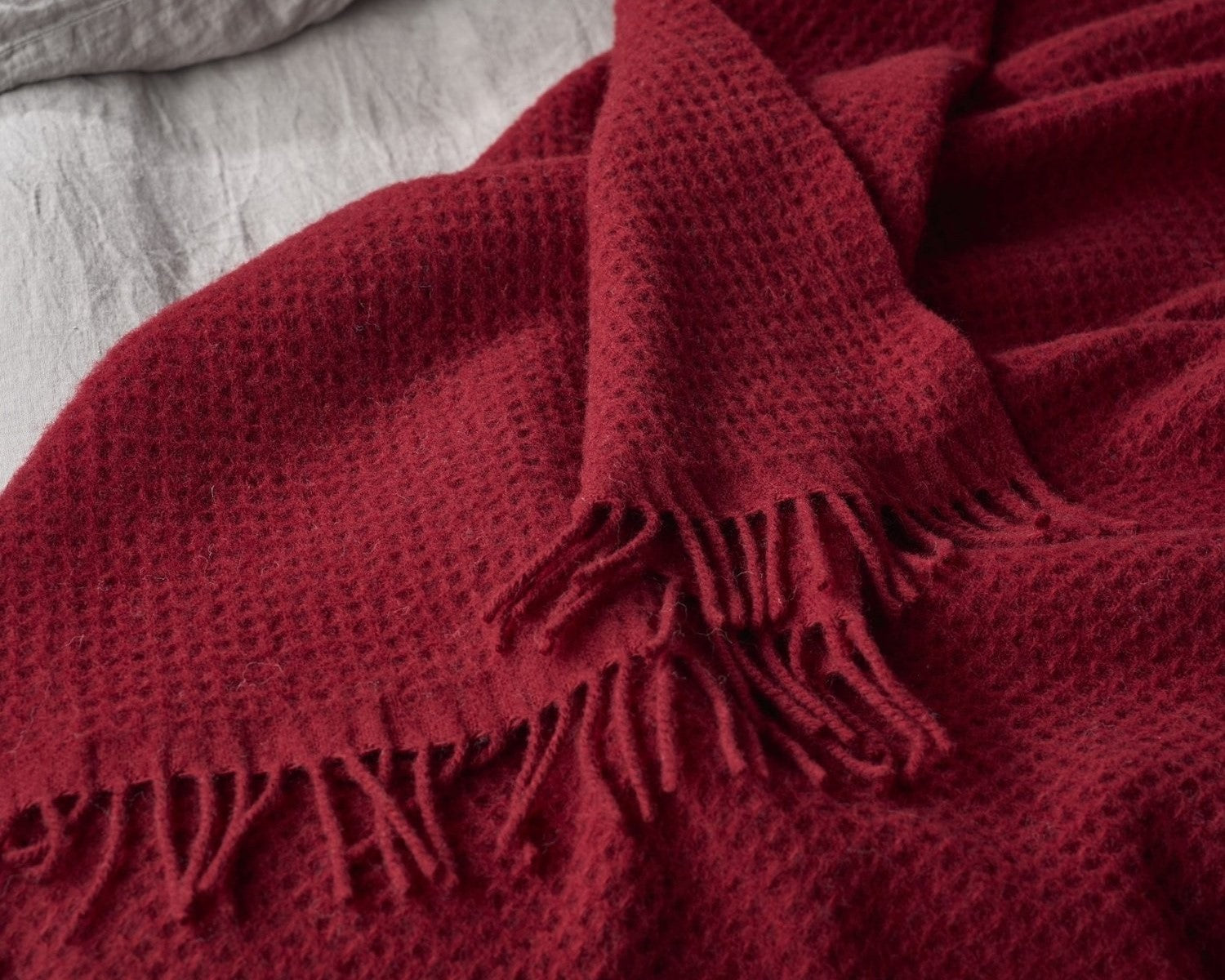What, no washing? The rise of 'no wash' for wool
In recent years, a new movement has been gaining momentum in the world of fabric care: the 'no wash' approach. Followers of this movement are challenging frequent washing and are embracing a more sustainable and low-maintenance approach to textile care. When it comes to wool, a fibre known for its durability and natural beauty, the 'no wash' philosophy can be easily applied. In this blog post, we'll explore the rise of the 'no wash' movement, discuss its pros and cons, and share some tips and tricks for keeping your wool blankets looking their best... by washing them less!

This Totterdown Waffle blanket in Air Balloon Red can thrive on minimal washing
The rise of the 'no wash' movement
In our fast-paced world, where convenience often takes precedence, the 'no wash' movement is gaining popularity as a way of making our lives easier while caring for the planet. Advocates of this approach argue that frequent washing not only consumes significant amounts of water and energy but also contributes to the wear and tear of our beloved textiles. By embracing 'no wash', we can not only extend the lifespan of our favourite wool blankets but also reduce the environmental impact associated with excessive laundering.
The no-wash philosophy can be easily applied to wool blankets like this cream super soft merino herringbone throw
Pros and cons of 'no wash'
Like any approach, the 'no wash' movement has its advantages and disadvantages. On the positive side, infrequent washing helps wool blankets retain their natural oils, which act as a natural barrier against dirt and stains. Furthermore, less washing can preserve the softness and lustre of wool fibres, keeping that new blanket feel alive for as long as possible! Additionally, by washing less frequently, you conserve water and energy, making a positive contribution to the environment.
However, the 'no wash' approach isn't without its drawbacks. Although wool fibres are naturally odour resistant, a wool blanket can still pick up strong smells from smoke or pets, for example. If your blanket becomes noticeably dirty or whiffy, there's nothing wrong with giving it a gentle wash. Additionally, in the case of spills or accidents, a prompt spot-clean is the best way to prevent stains from setting in.
Reducing the amount you wash your wool blankets is an environmentally friendly decision which can also extend the lifespan of your blanket
Tips and tricks for eco-friendly wool care
Now that we've explored the 'no wash' movement and its benefits, let's delve into some practical tips and tricks for caring for your wool blankets.
Airing is caring
Wool has natural antibacterial properties that help neutralise odours. Instead of washing your wool blanket, try hanging it outdoors or in a well-ventilated area to let it breathe. The simple act of airing can give your blanket a new lease of life.
Spot cleaning
When spills or stains occur, time is of the essence. Blot the affected area with a clean cloth or towel to absorb any liquids. Avoid rubbing, as it can worsen the stain. If necessary, use a mild wool-specific detergent spot clean the area, following the instructions in our wool care guide.
Our wool blankets love the open air, hanging them outside will give them a new sense of freshness
De-pilling
Over time, even the highest-quality blankets will experience a little pilling in areas of friction. Grooming your blanket with a lint roller and a de-pilling comb every now and again can help remove any pesky loose fibres and restore its smooth appearance.
Storage
When not in use, store your wool blanket in a breathable fabric bag or a clean, dry place to protect it from moths and dust. Avoid using plastic bags, as they can trap moisture and potentially damage the wool fibres.
For more tips and tricks to keep wool blankets clean and fresh, visit our Wool Care Guide, which has videos showing each step.
Occasionally de-pilling wool blankets, like this blush pink super soft merino herringbone throw, will keep them looking their best
The 'no wash' movement provides a refreshing perspective on textile care, encouraging us to rethink our approach to cleaning wool blankets. With their natural durability and protection, wool fibres can thrive with less frequent washing. By adopting the tips and tricks discussed in this blog, you can ensure your wool blankets remain in top condition, both aesthetically and environmentally. Embrace the 'no wash' philosophy and enjoy the benefits it brings to your wool blankets and the world around us.
